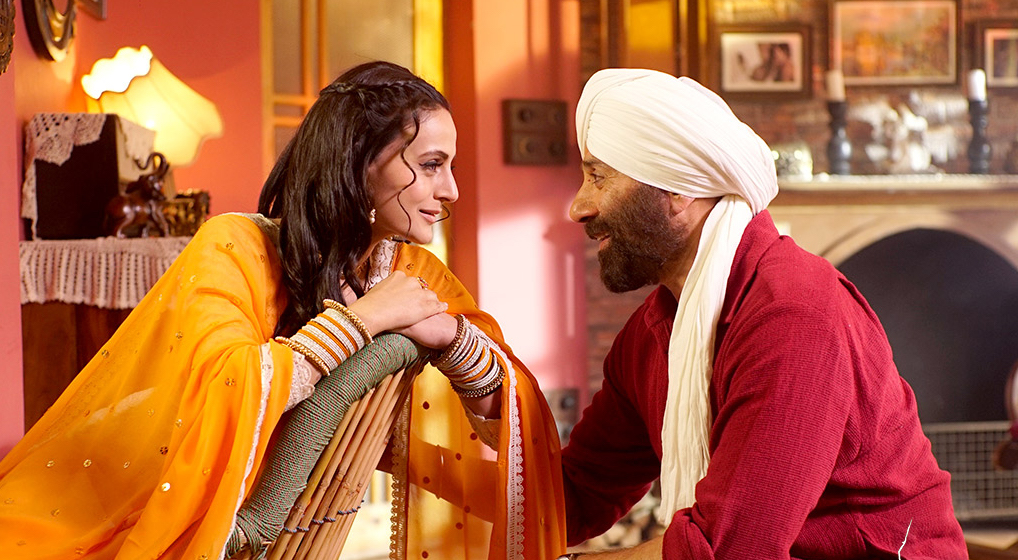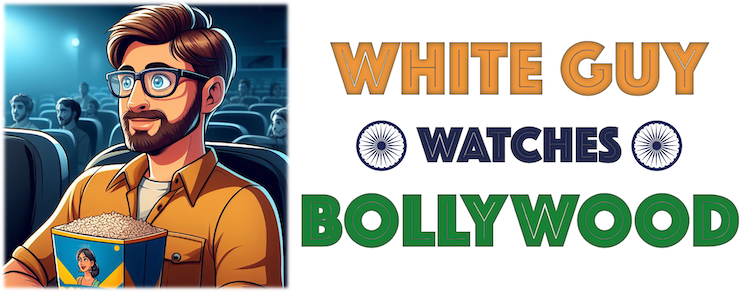Hindi Movie Review: Gadar 2 smashes box office records while stoking controversy… but is the movie itself any good?

Looking at the reception and box office trajectory of Gadar 2 in India, one can’t help but notice certain similarities with the summer’s surprise smash-hit in the U.S., Sound of Freedom. Both are films that more progressive, educated elites have rejected on political and artistic grounds. In the case of Gadar 2, detractors deem the movie Islamophobic, objectionably nationalistic, and shamelessly nostalgic for a brand of traditionalism that has gone out of vogue. This has especially been the case among the Indian diaspora in the West, where grosses and bookings have been comparatively moderate relative to the film’s domestic haul. In the case of Sound of Freedom, the movie has been labeled conspiratorial, fearmongering, and a distraction from the real causes of its harrowing subject, child trafficking. But as the global liberal media has gone to great lengths to discredit these films, both have become absolute sensations in terms of admissions. Gadar 2 is now the second-highest grossing Hindi film ever released in India, with an outside chance of unseating the top dog, this year’s Shah Rukh Khan-starrer Pathaan.
Of course, unlike Sound of Freedom, Gadar 2 is also a nostalgia play, coming 22 years after its blockbuster predecessor (the story itself is set 17 years later). One might be tempted to call it “long-awaited,” but there was little about the first film that suggested a sequel beyond its box office success. And unlike last year’s American megahit Top Gun: Maverick, this was not a follow-up that the lead actor had teased for years; on the contrary, Sunny Deol was a bit hesitant about reprising arguably his most iconic character, Tara Singh. But the new installment spares no opportunity to relive the glory of the first film. In fact, both of its major musical numbers – “Udd Jaa Kaale Kaava” and “Main Nikla Gaddi Leke” – are simply rearrangements of the songs from the original Gadar: Ek Prem Katha. We also spend an unusually long amount of time viewing clips recapping the first movie at the beginning of this one.
Watching Gadar: Ek Prem Katha in preparation for this sequel, what stood out to me the most was how timeless it now looks. Released in 2001, before digital cinematography had really caught on in feature films (and certainly before it expanded to many global film industries), Gadar in many ways looks and feels more like a movie from the late ’60s or early ’70s than one made just twenty years ago. Part of this is that its subject – the Partition of India in the ’40s and ’50s – feels contemporaneous to those of many of the epics made just two decades later. But a big part is also the filmmaking choices, like the extreme wide-angle lenses used to show the rioting in the early minutes of the film. While the original Gadar ignited its own fair share of controversy on ideological grounds, facing protests from many Muslim groups, it’s hard to deny its artistry.
Gadar 2 lacks the same striking aesthetic, despite bringing back the same director (Anil Sharma) and cinematographer (Najeeb Khan). It looks very similar to a number of other Hindi films released this year. In this sense, it shows just how homogenous digital cinematography has become; to make their work stand out from the pack, filmmakers need to really innovate to a degree that may not have been necessary when relying on the natural beauty of film capture. Or maybe it’s simply that digital has allowed filmmakers to get lazier with their lighting. That said, I raise this not to fault the aesthetic of Gadar 2, which is perfectly functional. Rather, I mention it to theorize that progressive-minded critics and commentators may be less forgiving of the film’s ideological underpinnings than they were those of the first because it’s simply not as artistically striking. In other words, there’s less to distract them from its politics and themes.
Of course, any fans of the first film should relish the opportunity to see the leads reuniting back onscreen. Even though I had just seen the first Gadar only a few days prior to this one, I felt the emotional charge of the reunion. From the moment Sunny Deol first appears onscreen, one feels pangs of the goodwill they previously developed for his iconic Tara Singh. As many have pointed out over the years, despite his ultra-famous parents, Deol doesn’t have conventional action star charisma… and yet, this is part of what makes Tara Singh endearing. It’s also great to see him back with Ameesha Patel as Sakeena. I’d be lying if I said I didn’t fall for the all-too-easy appeal to the audience’s sense of nostalgia – complete with slow-mo flashes of the original film – in the first performance of “Udd Jaa Kaale Kaava” here. And filmmaker Sharma has even brought back the original Charanjeet, now affectionately called Jeetay, despite limited acting appearances in the intervening 22 years – no doubt because he is his own son (Utkarsh Sharma). As far as kid-turned-adult actors go, the younger Sharma is just fine in the role, though it seems unlikely his career will take off beyond this clearly nepotistic casting.
As for the rest of the movie: much like Sound of Freedom, it plays a lot better when viewed as an exploitation/genre flick than a film to be taken as soberly as it may be intended. Set in 1971, Gadar 2 finds Tara Singh presumed to be held captive in Lahore following a border dust-up, requiring his son Jeete to cross into Pakistan undercover and return his father to India (taking on the role that Tara did for Sakeena in the first film). Jeete, generally deviating from the traditional path set forward by his father, must prove his masculine bonafides along the way. The infiltration part of the story is pretty fun, with Jeete pretending to be a Muslim and scoring a job working as a cook at the food supplier to the prison where his father is supposedly being held. Along the way, he falls in (forbidden) love with Muskaan, the boss’ daughter, played the striking Simrat Kaur.
Following the expected, but nonetheless effective “shocking twist” at the midpoint, the film erupts into grindhouse-style action. For all its predecessor may have been accused of rabble-rousing, most of the action-violence in that film actually felt realistically brutal, its human toll not obscured. That style has been entirely abandoned in Gadar 2, which finds Deol literally pulling electric poles out of the ground and wielding them during the climactic fight against his Pakistani opponents. It’s cheap and cheesy, and it’s where the political divide on the film really comes to the fore. Because the movie asks the audience to cheer Tara Singh and his son on during this patently ridiculous violence, it strikes many on the progressive side of the fence as a symbol of regressively Islamophobic, empty Hindu nationalism. Undoubtedly, the fact the film has struck a chord with a large swath of the population (closing in on 30 million footfalls) has seemingly validated their objections. I’m not necessarily in a position to discredit this argument, but I do think that it’s a mistake to dismiss the raw pleasures of exploitation-style filmmaking simply because the content seems intellectually objectionable. Or, for that matter, to purport to perfectly understand why its target audience finds it pleasurable from an ivory tower in the distance. As with Sound of Freedom, there are some really effective set-pieces in Gadar 2.
That all being said, too much of the film is generic and/or sloppily constructed – taking its built-in audience for granted – for Gadar 2 to work on the whole as a full-fledged B-Movie. It’s too long and too aggressively silly at points to really gel, and as discussed earlier, the aesthetic isn’t distinctive enough to bolster the action’s memorability. But to dismiss the film’s success as simply an indicator of the continued allure of outdated politics is a mistake; there are lessons to be learned here about leveraging nostalgia and the raw pleasures of genre filmmaking. I can see the appeal of Gadar 2, I just wish it were a better movie.

